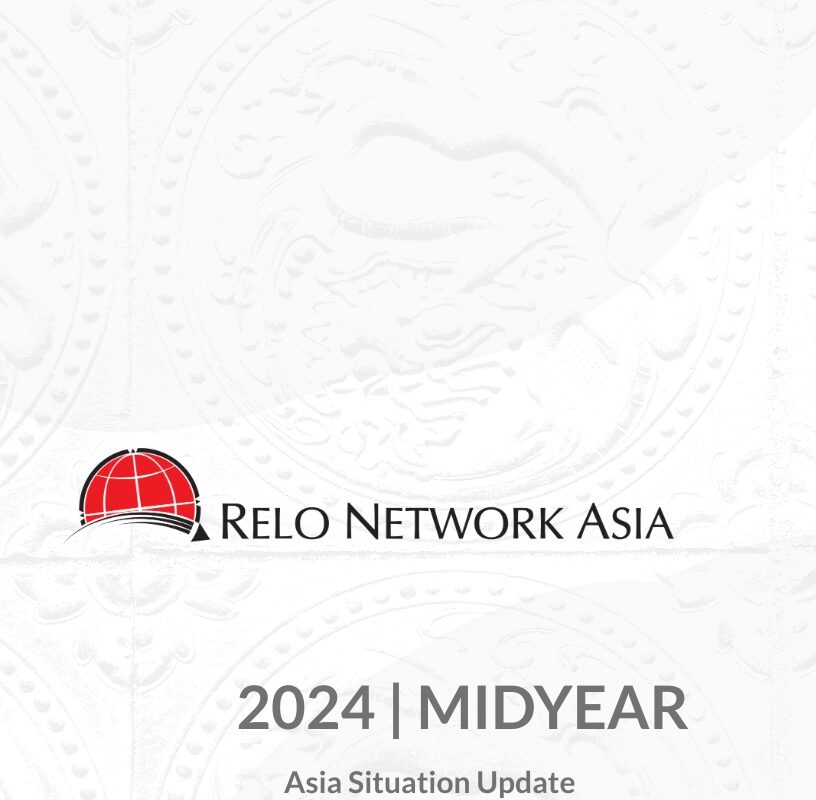In Part I: we examined the causes of inflation, and in Part II, we will turn attention to the impact of inflation on companies.
Just as higher prices impact what consumers pay, they also impact what companies pay for the goods and talent needed to produce their products.
As the cost for components of a product increases, profit margins decrease. To protect profit margins and, thereby, the ability to continue operating, companies have a few options. The most visible option is to raise prices and pass the additional costs to the consumer. But raising prices for consumers comes with risks of losing them.
Outside of absorbing the loss of profit, companies can take low-visibility actions to reduce costs. While keeping pricing the same, companies can maintain profit margins by decreasing the product size or quality, ending discounts, or unbundling products.

These less apparent changes can have their reward or challenges. Search “shrinkflation” online and enjoy the many articles on the subject that have been published this year. If the same price is on a smaller product, people will notice. Less noticeable may be to decrease the quality of some of the products that go into the final one. Ending discount programs or coupons is another low-visibility way to improve the bottom line. Unbundling isn’t new to anyone who has paid baggage fees when flying or paid a delivery fee for a utility service, but it is becoming more ubiquitous.
We recently experienced first-hand how unbundling works. A recent order to deliver a client some cookies from a well-known restaurant included some surprises. Right from the beginning of the delivery order process, the company announced that product prices were higher for delivery and also subject to additional fees. This notice was prominent throughout the ordering process, likely because the company had previously been sued for deceptive delivery fee marketing practices. So instead of paying a delivery fee representative of its cost, customers paid a higher price for each item, a $1.00 delivery fee, and a 10% convenience fee “to offset certain costs associated with online ordering including technology development, marketing, and administrative activities.”
 Increased costs will be short-term in some instances and long-term in others. Over the past three years, the world experienced unique moments when prices have been higher than usual. The supply chain sometimes temporarily couldn’t meet the demand (toilet paper then, flights now). We have also experienced a global shift in the market that radically impacted supply (i.e., US post-pandemic buying spree/shift in transportation to shipping medical equipment). At other times, costs increased due to a new need arising from a short-term situation (arrival and quarantine support). Some higher costs may also prove to be permanent.
Increased costs will be short-term in some instances and long-term in others. Over the past three years, the world experienced unique moments when prices have been higher than usual. The supply chain sometimes temporarily couldn’t meet the demand (toilet paper then, flights now). We have also experienced a global shift in the market that radically impacted supply (i.e., US post-pandemic buying spree/shift in transportation to shipping medical equipment). At other times, costs increased due to a new need arising from a short-term situation (arrival and quarantine support). Some higher costs may also prove to be permanent.
This holds for the talent mobility industry. We have been in an extended period of unknown, but what has become apparent is that costs are higher for the long term. Businesses absorbing those costs cannot do so forever, especially as prices continue to increase. How transparently or not the need for profitability is addressed depends on the business itself. The question is not will a supplier raise fees, but if they are not, what other tools are they using to manage inflation?
Conversations about pricing increases are not easy. In this series’ third and final installment, we will share how we use an exposure matrix to help facilitate client pricing talks.



